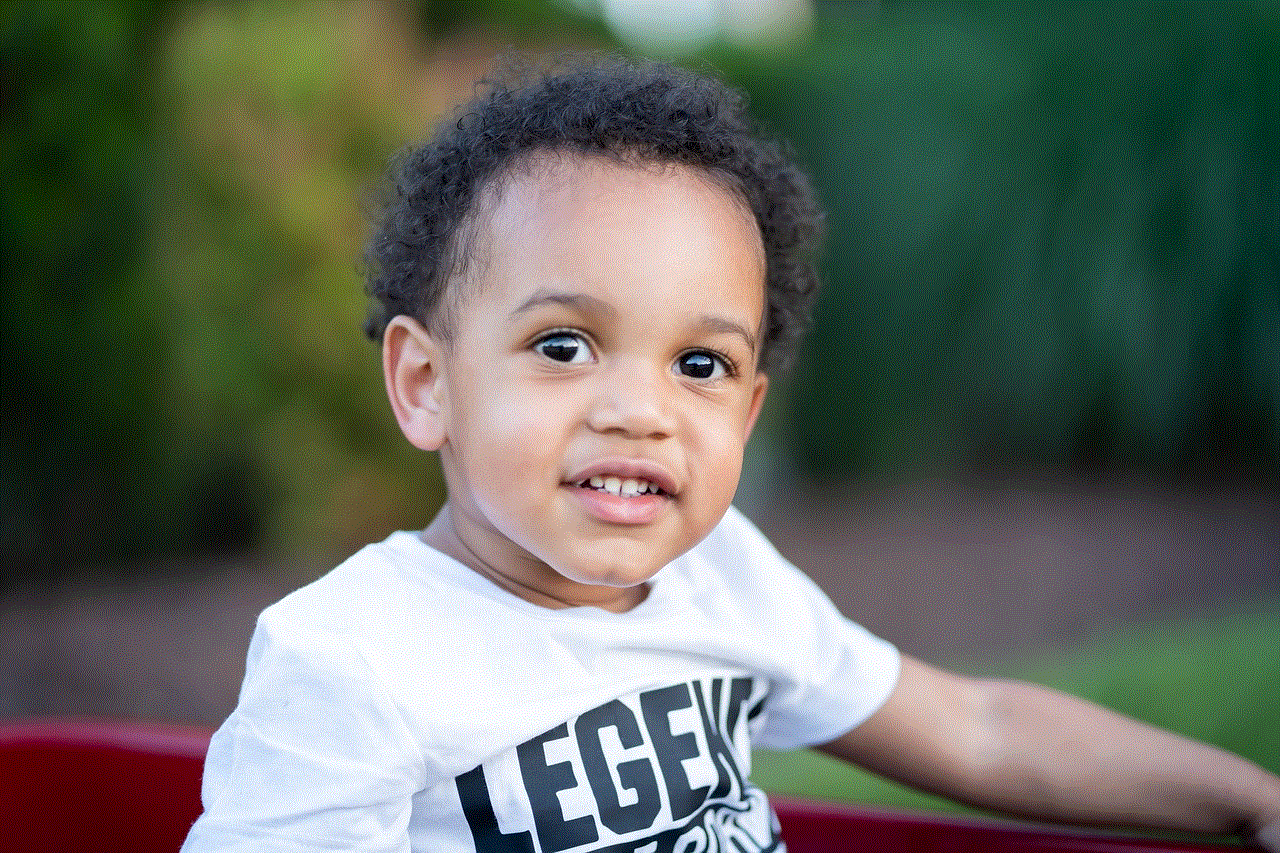when children dress themselves
When children reach a certain age, they start to develop their own sense of style and independence. This is evident in the way they dress themselves. It can be a chaotic and messy process, but it is also a significant milestone in their development. As parents, it is important to allow children to express themselves through their clothing choices, while also guiding them in making appropriate decisions. In this article, we will explore the significance of when children dress themselves and the impact it has on their development.
The first thing to understand is that dressing oneself is a form of self-expression. Children often have a natural inclination towards certain colors, patterns, and styles, which reflect their personality and interests. When they are given the freedom to choose their own clothes, it allows them to express their individuality and creativity. This can boost their self-esteem and confidence, as they feel in control of their appearance.
Moreover, dressing themselves also fosters a sense of independence and responsibility in children. As they learn to put on their own clothes and make decisions about what to wear, they develop important life skills such as problem-solving, decision-making, and fine motor skills. This process also allows them to take ownership of their appearance and teaches them to be self-sufficient. As parents, we often rush to dress our children to save time, but by doing so, we may hinder their growth and development.
Another aspect to consider is the developmental benefits of when children dress themselves. The act of dressing requires coordination and fine motor skills, which are crucial for their physical development. As they learn to button buttons, tie shoelaces, and zip zippers, they are developing hand-eye coordination, dexterity, and hand strength. These skills are not only important for dressing, but also for other daily tasks such as writing, drawing, and playing. Dressing also involves problem-solving, as children figure out how to put clothes on in the correct order and adjust them to fit their body.
Furthermore, when children dress themselves, it allows them to explore their own personal preferences and develop their own sense of style. This is an important part of their identity formation. By experimenting with different colors, textures, and styles, they are able to discover what they like and what makes them feel comfortable. This process is essential in building their confidence and self-awareness. It also helps them to understand that it is okay to be different and to embrace their individuality.
However, it is important for parents to provide guidance and boundaries when it comes to dressing themselves. Children may not always make appropriate clothing choices, such as wearing a summer dress in the middle of winter or wearing superhero costumes to school. It is important to have open communication with your child and explain to them the appropriate clothing choices for different occasions. This allows them to understand the social norms and expectations, while also respecting their own personal style.
Moreover, when children dress themselves, it can also be a source of conflict and frustration for parents. This is especially true when it comes to toddlers and preschoolers who may have a strong desire for independence, but lack the skills to dress themselves efficiently. It is important for parents to be patient and understanding during this process. Offer praise and encouragement when they successfully dress themselves, and offer assistance when needed. This will help to build their confidence and motivate them to continue learning and improving.
Additionally, when children dress themselves, it can also be a great opportunity to teach them about self-care and hygiene. This includes teaching them to brush their teeth, wash their face, and change into clean clothes. These habits are important for their overall health and wellbeing. By involving them in the process of dressing, it allows them to take ownership of their personal hygiene, which is an important life skill.
Furthermore, as children get older, their clothing choices may become more influenced by their peers and societal expectations. This can lead to pressure and conformity, which may affect their self-esteem. It is important for parents to have open and honest conversations with their children about the importance of being true to themselves and not succumbing to peer pressure. Encourage your child to dress in a way that makes them feel comfortable and confident, rather than trying to fit in with others.
In conclusion, when children dress themselves, it is a significant milestone in their development. It allows them to express their individuality, develop important life skills, and build their confidence and self-esteem. As parents, it is important to support and guide our children in this process, while also setting appropriate boundaries. Allow them the freedom to make their own clothing choices, but also teach them the importance of appropriate dress for different occasions. By doing so, we are helping our children to become independent, self-aware, and confident individuals.
how to track iphone without icloud
Tracking an iPhone without iCloud may seem like a daunting task, but with the right tools and methods, it is possible. iCloud is Apple’s own cloud storage and backup service, and it is integrated into every iPhone device. It allows users to store important data such as photos, contacts, and documents, as well as track the location of their device. However, sometimes iCloud may not be accessible, or the Find My iPhone feature may not be enabled. In such cases, tracking an iPhone without iCloud becomes necessary. In this article, we will discuss various ways to track an iPhone without iCloud, ranging from simple methods to more advanced techniques.
Before we dive into the methods, it is essential to understand the limitations of tracking an iPhone without iCloud. Firstly, it is important to note that tracking an iPhone without iCloud may not be as accurate as using the Find My iPhone feature. iCloud uses a combination of GPS, Wi-Fi, and cellular data to pinpoint the exact location of the device, whereas other methods may not have access to all these sources. Additionally, tracking an iPhone without iCloud may not give real-time updates on the device’s location, unlike the Find My iPhone feature. With that being said, let’s explore the different methods of tracking an iPhone without iCloud.
1. Use Google Location History
Google Location History is a feature that tracks the location of an iPhone using Google Maps. It works by recording the device’s location at regular intervals and storing it in the user’s Google account. This feature is handy for tracking an iPhone without iCloud as long as the user has a Google account and has enabled Location History on their device. To use this method, follow these steps:
Step 1: Open the Google Maps app on your iPhone.
Step 2: Tap on the three horizontal lines at the top left corner of the screen.
Step 3: Select “Your timeline” from the menu.
Step 4: You will be able to see a map with your recent locations. You can use the calendar icon at the top to select a specific date and time.
Step 5: If the device’s location history is turned off, you will see a pop-up asking you to turn it on. Tap on “Turn on” to enable it.
Step 6: You can now track the location of the device on the map. Google Location History may not be as accurate as iCloud, but it can give you an idea of where the device has been.
2. Use Find My Friends App



Find My Friends is an app developed by Apple that lets users share their location with friends and family. This app uses a combination of GPS and Wi-Fi to track the device’s location. It is a useful tool for tracking an iPhone without iCloud, as long as the user has shared their location with you through the app. To use this method, follow these steps:
Step 1: Download the Find My Friends app from the App Store, if you don’t have it already.
Step 2: Ask the person whose iPhone you want to track to share their location with you through the app.
Step 3: Once they have shared their location, open the app and select their name from the list of friends.
Step 4: You will be able to see their location on the map, along with their current address and other details.
Step 5: If the person has not shared their location with you, you can send them a request to do so through the app.
3. Use a Third-Party Tracking App
There are several third-party tracking apps available on the App Store that claim to track an iPhone without iCloud. These apps use various methods such as GPS, Wi-Fi, and cellular data to track the device’s location. Some popular examples include Spyic, mSpy, and FlexiSPY. These apps require you to install them on the target device, and some may even require jailbreaking the device. However, it is essential to note that using such apps may be illegal and could lead to privacy violations. It is best to consult a legal professional before using such apps.
4. Use Phone Carrier’s Location Tracking Service
Some phone carriers offer location tracking services for their subscribers. For instance, Verizon offers a service called Family Locator, which allows users to track their family members’ locations using GPS. Similarly, AT&T offers a service called FamilyMap, which also uses GPS to track the location of family members. These services may require a monthly subscription, and the user’s consent is necessary to track their location. It is worth checking with your phone carrier to see if they offer such services.
5. Use IMEI Number
Every iPhone has a unique IMEI number, which is used to identify the device. This number can also be used to track the device’s location. However, this method requires the device to be turned on and connected to a cellular network. To use this method, follow these steps:
Step 1: Go to the Settings app on the iPhone you want to track.



Step 2: Tap on “General,” then “About.”
Step 3: Scroll down to find the IMEI number.
Step 4: Write down the IMEI number and contact your phone carrier or the police to report the lost or stolen device.
Step 5: Provide them with the IMEI number, and they will be able to track the device’s location.
6. Use Public Wi-Fi Networks
If the lost or stolen iPhone connects to a public Wi-Fi network, it is possible to track its location through that network. Public Wi-Fi networks usually require the user to enter personal information or log in with social media accounts, making it easier to track the device’s location. However, this method is not very reliable and may not work if the device is not connected to a public Wi-Fi network.
7. Use Social Media
Social media platforms such as facebook -parental-controls-guide”>Facebook , Instagram , and Snapchat have location tracking features that allow users to share their location with friends and followers. If the lost or stolen iPhone has logged into any of these platforms, it is possible to track its location through them. However, this method also requires the user’s consent, and it may not be very accurate.
8. Use Security Cameras
If the lost or stolen iPhone has been taken to a public place, it is possible to track its location through security cameras. Some stores, malls, and other public places have security cameras that record footage of their surroundings. If you know where the device was last seen, you can check the footage of the security cameras in that area to see if the device was captured. This method may require the help of law enforcement and may not be available in all locations.
9. Use Google Photos
Google Photos is another handy tool for tracking an iPhone without iCloud. This service automatically backs up photos and videos from the user’s device to their Google account. If the lost or stolen iPhone has been used to take photos or videos, they may be available in the user’s Google Photos account. You can check the location of the photos and videos to get an idea of where the device has been.
10. Use a Bluetooth Tracker
If you have a Bluetooth tracker such as Tile or TrackR, you can use it to track your iPhone’s location. These trackers are small devices that can be attached to personal belongings, and they can help locate them if they are lost or stolen. However, this method requires the lost or stolen iPhone to be within the Bluetooth range of the tracker, which is usually around 100 feet.



In conclusion, tracking an iPhone without iCloud is possible, but it may not be as accurate or reliable as using the Find My iPhone feature. It is essential to note that some of these methods may require the user’s consent, and others may even be illegal. It is best to consult a legal professional before using any of these methods. Additionally, it is always recommended to enable the Find My iPhone feature and keep iCloud backup turned on to ensure the safety and security of your device and data.